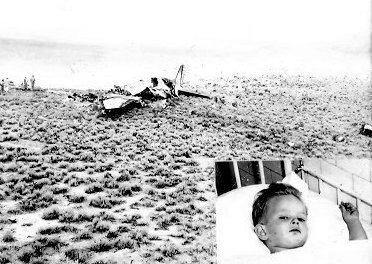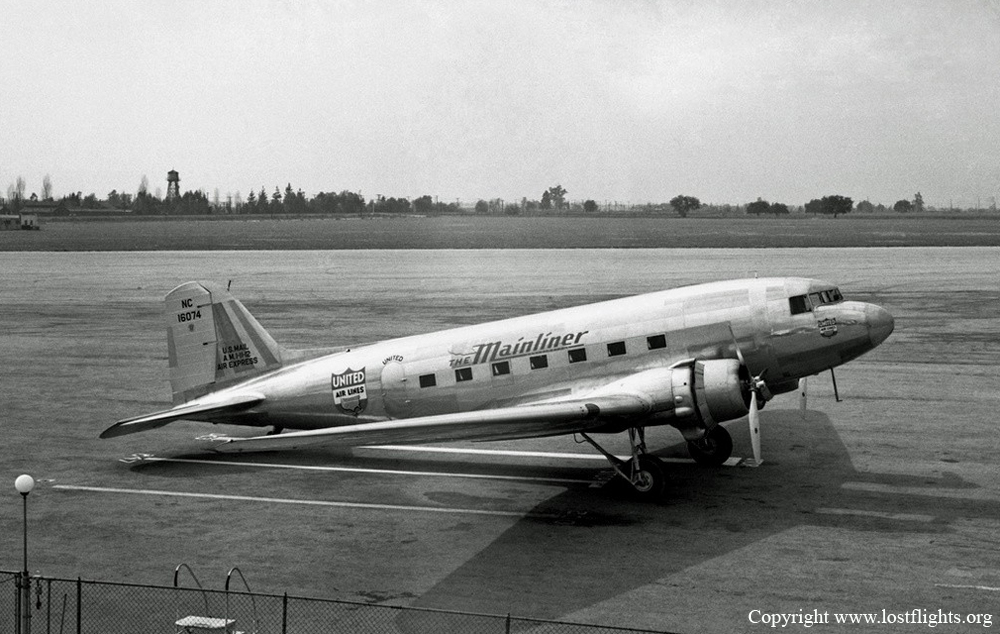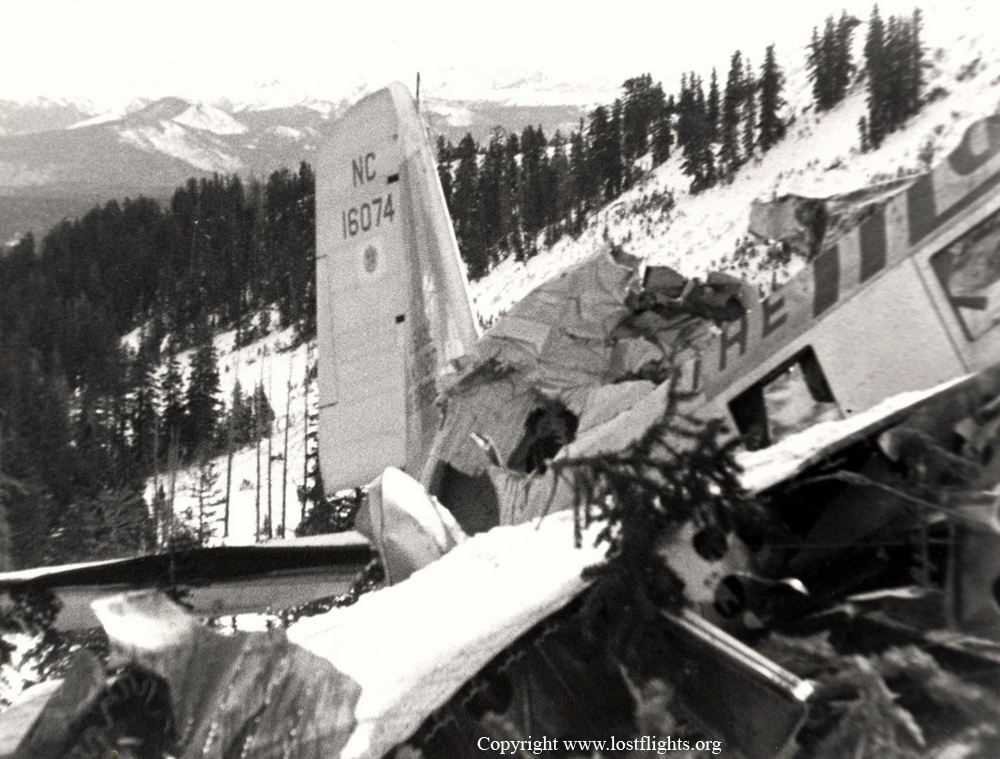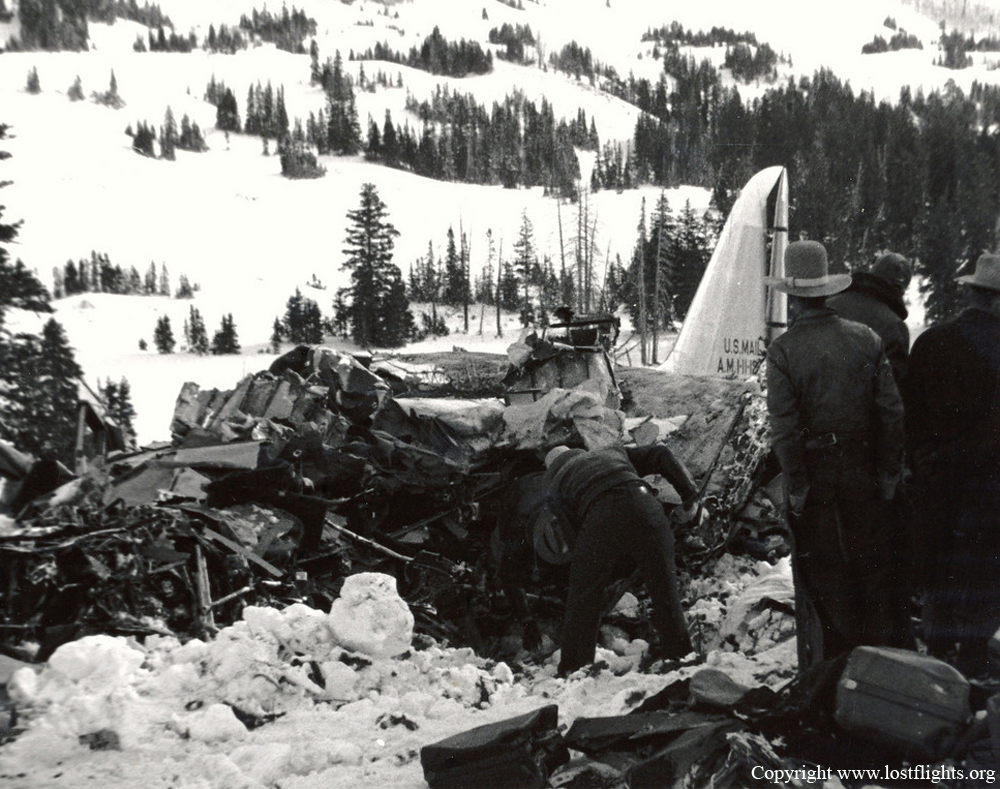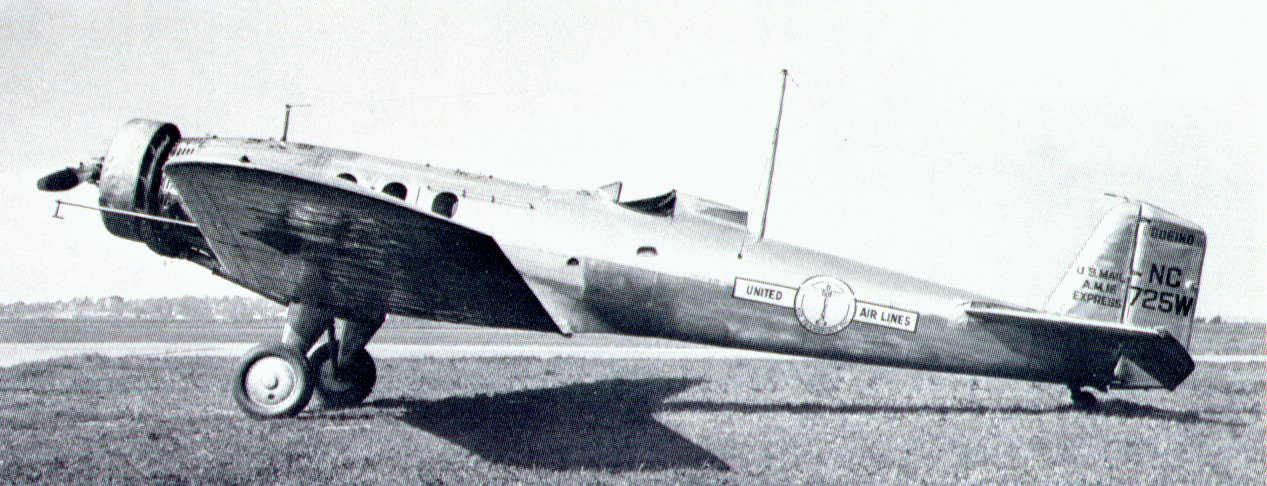Crash of a Douglas C-47 in Laramie: 13 killed
Date & Time:
Oct 17, 1946 at 0057 LT
Registration:
NC38942
Survivors:
No
Schedule:
Oakland – Cheyenne – Newark
MSN:
12971
YOM:
1944
Crew on board:
3
Crew fatalities:
Pax on board:
10
Pax fatalities:
Other fatalities:
Total fatalities:
13
Captain / Total hours on type:
840.00
Aircraft flight hours:
1861
Circumstances:
Enroute, the crew was informed that weather conditions in Cheyenne were poor and was rerouted to Laramie. Unfortunately, upon arrival, weather conditions were not so good with light snow and a visibility of two miles. The captain decided to attempt to land but was unable to locate the airport and passed over without seeing it. Shortly later, while at an altitude of 75 feet and in a left bank of 70°, the aircraft hit the ground with its left wing, crashed and burned. All 13 occupants were killed.
Probable cause:
On the basis of the above, the Board determines that the probable cause of this accident was the action of the pilot in maneuvering the aircraft at a dangerously low altitude under extremely adverse weather conditions in an attempt to land. A contributing factor was the negligence of the pilot in planning a flight into an area in which adverse weather conditions were forecast without making adequate provisions for a suitable alternate airport.
Final Report:



